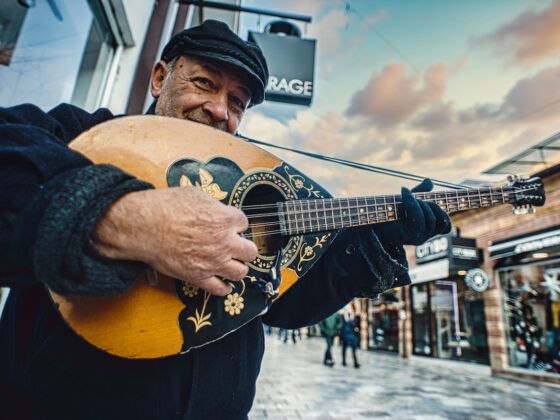SOMETIMES I get so involved in taking abstract photographs that I forget that there are other people out there.
Moving figures and images of pedestrians going about their everyday business can add a lot of dimension to your travel pictures; and getting a good picture, while on the road, may not be as difficult as it sounds.
This is not the same as portraiture, but instead, this type of photography derives from the advent of the lightweight rangefinder and SLR cameras that were developed after the second World War and the subsequent arrival of spontaneous street photography, by such luminaries as Henri Cartier-Bresson, Robert Frank and Lee Friedlander.
